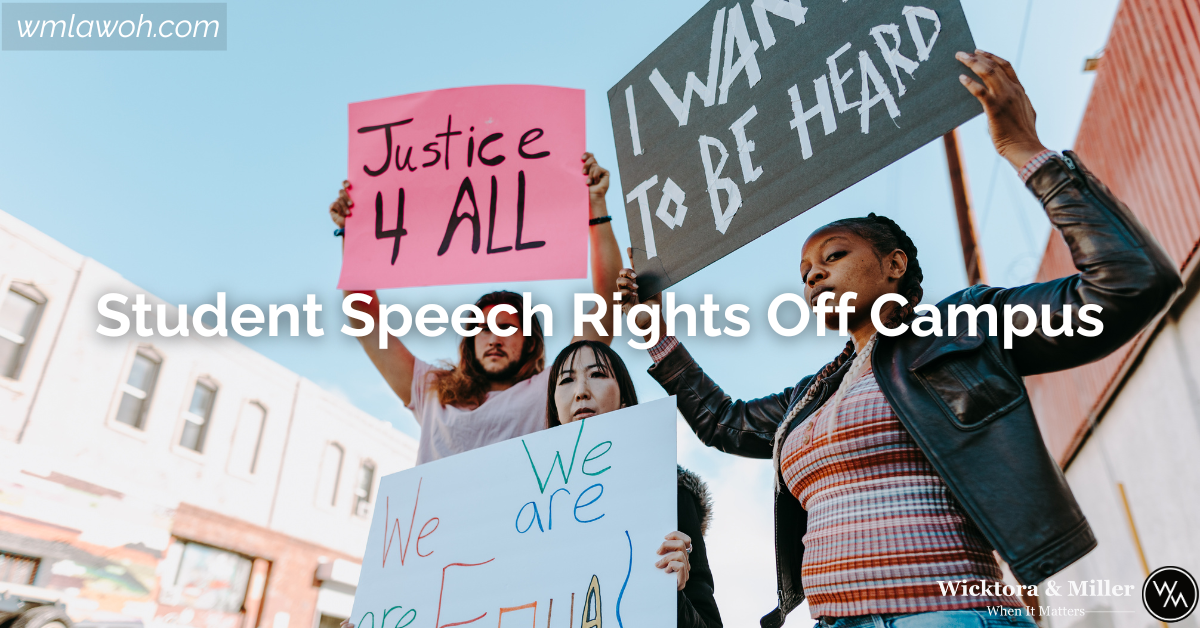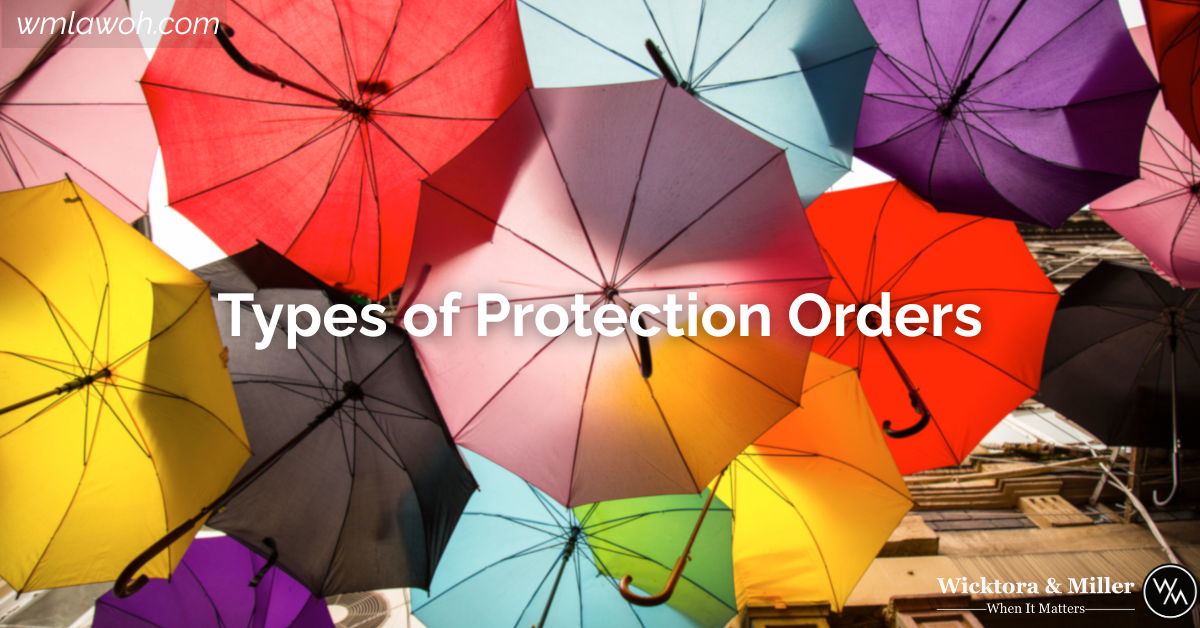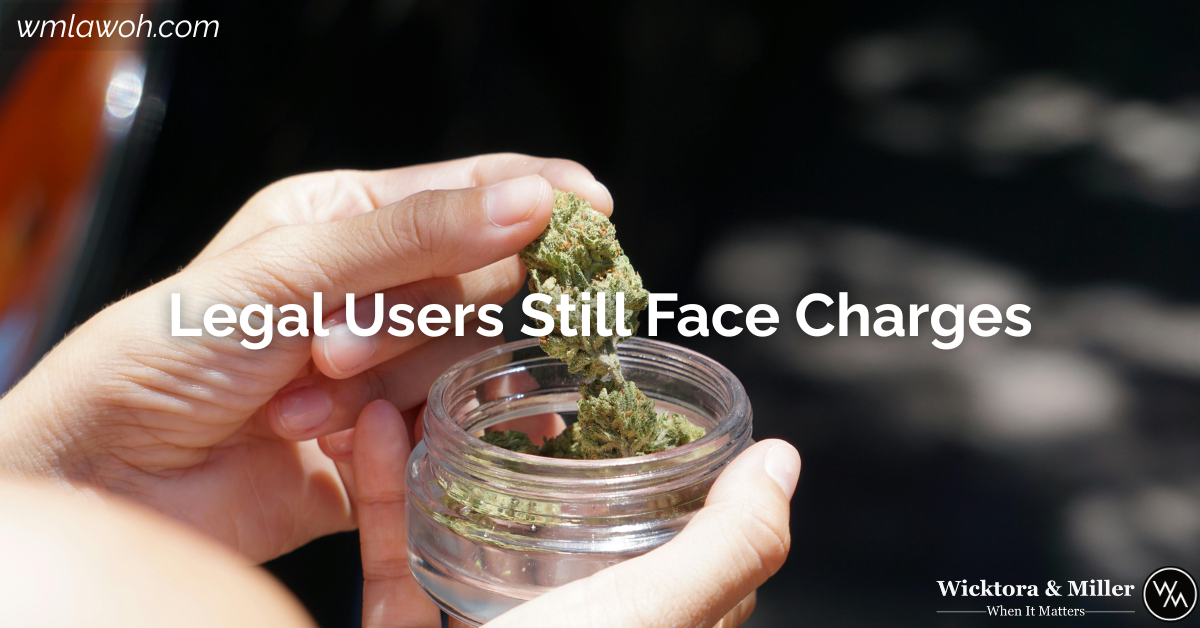In the digital age where student voices can be heard louder and larger than ever before, parents and school administrators are running into complex situations when faced with students’ controversial speech – specifically on digital platforms occurring off-campus. Students First Amendment Rights may be talked about now more than ever before on and off campus, creating tension.
In 2021, The U.S. Supreme Court addressed this very tension in the case Mahanoy Area School District v. B.L., issuing a monumental ruling that reshaped the structure for school authority and students First Amendment rights off campus.
It Started with Snapchat
When the sophomore posted an edgy photo with her friends online after being denied a spot on the varsity cheer squad, she probably did not expect it to lead to a Federal Ruling protecting students First Amendment Rights off campus. The photo showed her and her friends, frustrated, raising middle fingers with the caption “F- school, F- softball, F- cheer, F- everything” – A classic teenage expression
Once the post reached school officials they suspended the student from junior varsity cheer for a year. Her parents sued, arguing her First Amendment rights were violated, which worked its way through the courts and landed before the U.S. Supreme Court, resounding in 8-1 decision in student’s favor. This was one of the first examples of how students first amendment rights have to be thought of on a digital social platform.
Key Supreme Court Ruling
Key takeaways from the Supreme Court ruling include:
- Students do not lose their first amendment right when off campus
- Schools can regulate off-campus speech on a case-by-case basis, like when dealing with threats, harassment, cheating etc.
When Can Schools Legally Intervene?
In Ohio, schools can legally intervene if a student’s speech is found to be disruptive to instruction (organizing a protest or walkout), involves harassment or bullying, threatens school safety, or if vulgar or inappropriate speech is involved.
Schools can also regulate school-sponsored content including:
- School newspapers
- Drama Productions
- Yearbooks
Student Speech Rights in Ohio
The educational context limit the rights students have. You can find more information on student discipline here. Protected Speech (students freedom of speech) can include verbal and physical means including:
- Showing non-disruptive political expression in means of dress and political messaging
- Expressing political opinions in essays, newspapers, or class discussion (within guidelines)
- Performing Religious expressions in prayer or dress
- Organizing protests and walkouts (In some cases, this can be deemed as disruption of instruction, and students may be disciplined)
The important takeaway is to realize what your rights are as a student, and what can and cannot be taken away when entering school grounds. You may not lose all your rights but you can be punished for harmful disruptions and threatening staff and students.
Schools cannot punish you for holding or displaying unpopular or critical opinions. When speech is peaceful, political, or off campus it is almost always protected.
If you are a student facing wrongful charges from school for expressing your personal beliefs or frustrations, set up a consultation with Brien Miller, head of our school law department, and we will fight for you.
Attorney Miller has years of experience when it comes to school law, protecting rights of students and teachers.
Wicktora & Miller. When it Matters.
Submit a RequestSections
Recent Reads
Can Schools Ban Student Speech Rights off Campus?
In the digital age where student voices can be heard [...]
Protection Orders 101
If you find yourself in a situation where you’re debating [...]
Marijuana OVIs in Ohio: Why Legal Users Still get OVIs
Understanding Ohio's Marijuana OVI Laws Ohio citizens spoke loud and [...]




